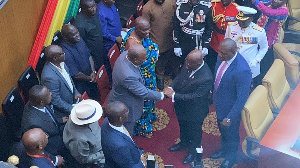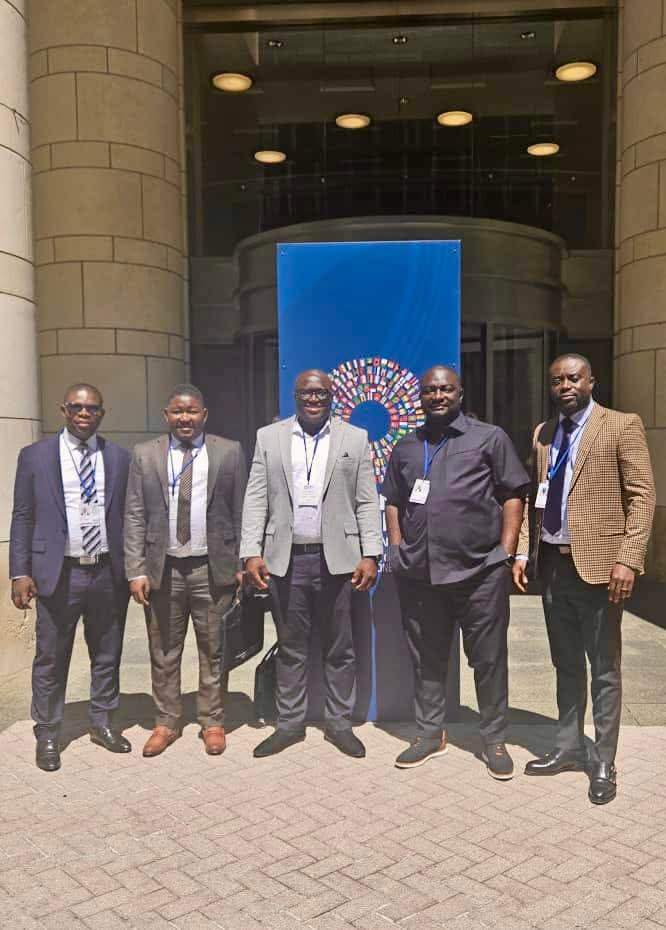Ashanti paramountcy that lost over 40 communities to the war
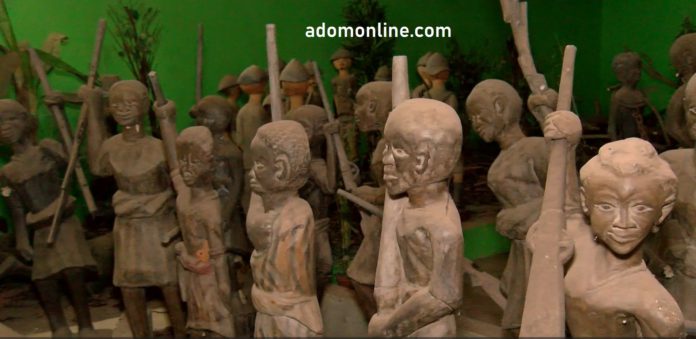
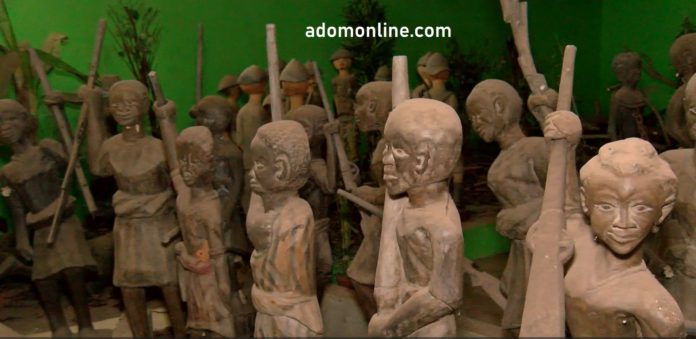
The story of the Sagrenti War does not only bring sad memories to the Asante Kingdom, it ignites sorrow moments to the people of Amoaful Paramountcy in the Ashanti region which is yet to recover from the impact of that famous civil war that wiped over 40 communities in the area.
These communities became battleground for the clash between the dreaded Ashanti Army and the British Army, the latter led by Major-General Charles Garnet Wosely, popularly referred to as Sargenti. The communities also contributed warriors to face British insurgency.
The area still reel from the impact of the war as they struggle to rebuild the communities, 150 years after the war.
British soldiers, with reinforcement from Sierra Leone, Nigeria, and others, crossed the Pra River to fight the Ashanti Army which had then pitched camp in the South Coast to conquer Cape Coast, a British colony in 1874.
Cape Coast and Elmina became sites of attraction for the two superpowers because of the booming trading activities.
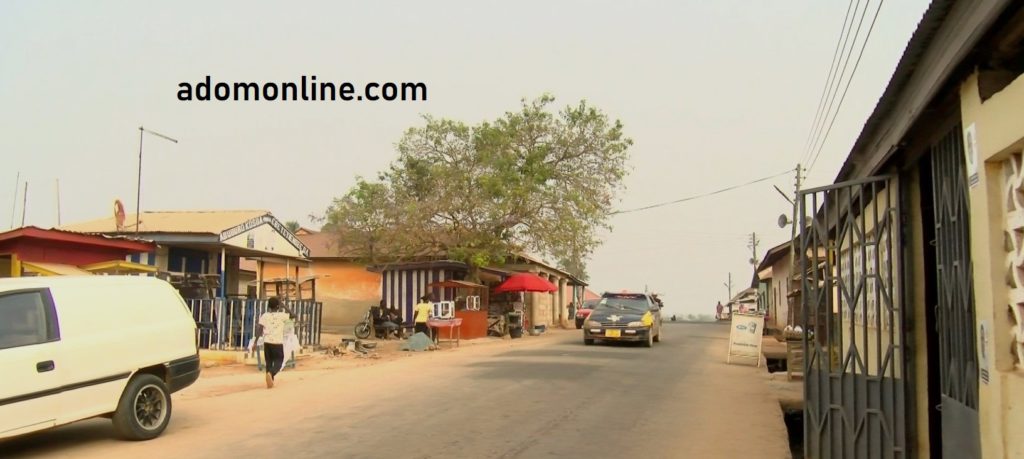
Inside Amoaful territory, British gun power was countered by superior numbers of Ashanti soldiers who returned fire from their hideouts in the forest.
Over 40 vibrant but popular Amoaful towns such as Edwenase, Atemponya, Edomasi, Monyasie, Beposo, Kyekyeso, Adedaase, Fahiakobo, and Twenuase became targets, whilst Ashanti warriors, led by their warlord, Bantamahene Baffuor Amankwatia, laid ambush at the banks of the Akwamoaso stream.
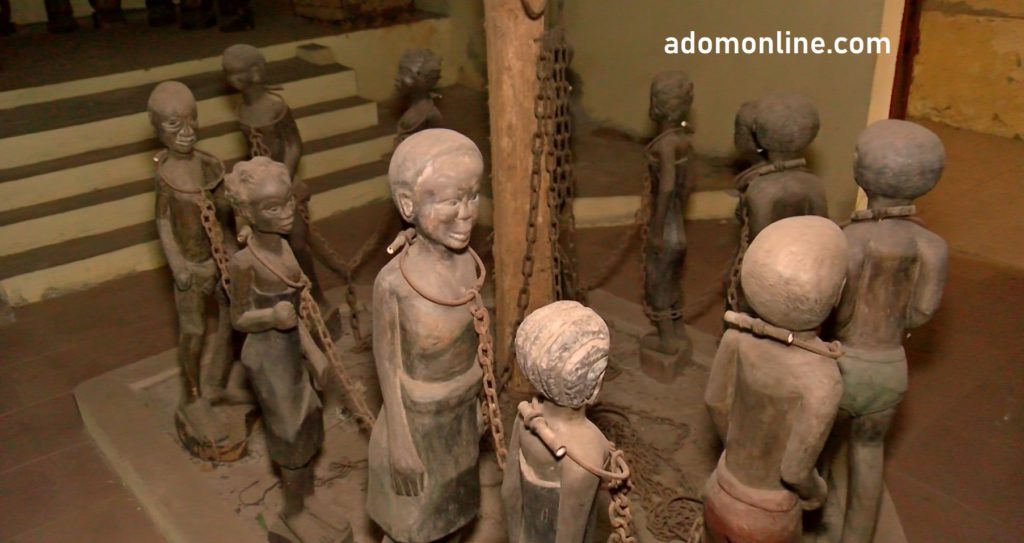
This was to resist the British Army incursion into Kumasi, the capital of the Asante Kingdom.
Unfortunately, this cost the life of Amoafulhene and the Bantamahene, commander of the Ashanti Army, as thousands of Ashanti troops paid the heavy price with their lives at the battlefield.
Over 40,000 Asante soldiers and prominent chiefs also died in the war at Amoaful.
They included Asuowinhene Kwame Mprah; Toasehene, Nana Ampofo; Nana Atta Fosu, Kwasohene; who all fell at war in the thick forest of Amoaful near Asante Bekwai.
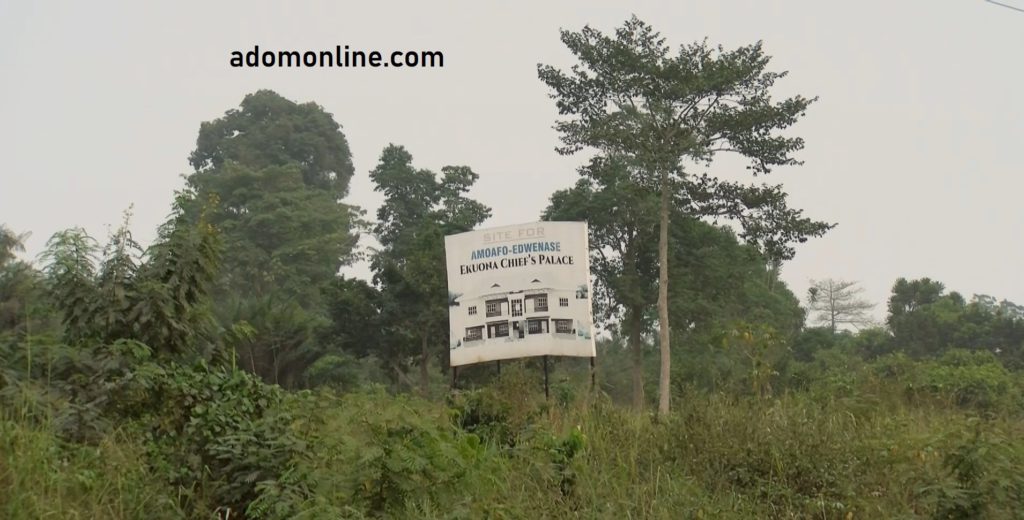
Others included Nana Domeh, Kwamohene and Asansohene, Nana Asare Bediako, Nana Akora Gyimah, Amakomhene as well as a prominent Asantehene linguist, Nana Baffuor Appiah, Amoaful Poku II, then Amoafulhene and several other chiefs.
Now Amoaful paramountcy is left with a few communities after the devastating war.
Nana Akua Afriyie III is Amoafulhemaa.
“Almost all the big towns in our paramountcy were wiped out following the Sagrenti War. They include Kyekyese, Semansuaso, and Dotiem. Others are Adedaase, Esumenya, Nsuase Antowiem; in fact, there were many others, including Edwenase. Rebuilding efforts have started to rebuild our lost towns,” says Nana Afriyie.
Though rebuilding efforts started several years ago, there is little to show for the bravery and loss incurred by the people of Amoaful.
Despite the sacrifices made and the price Amoaful paid, there is little to show in modern day Amoaful.
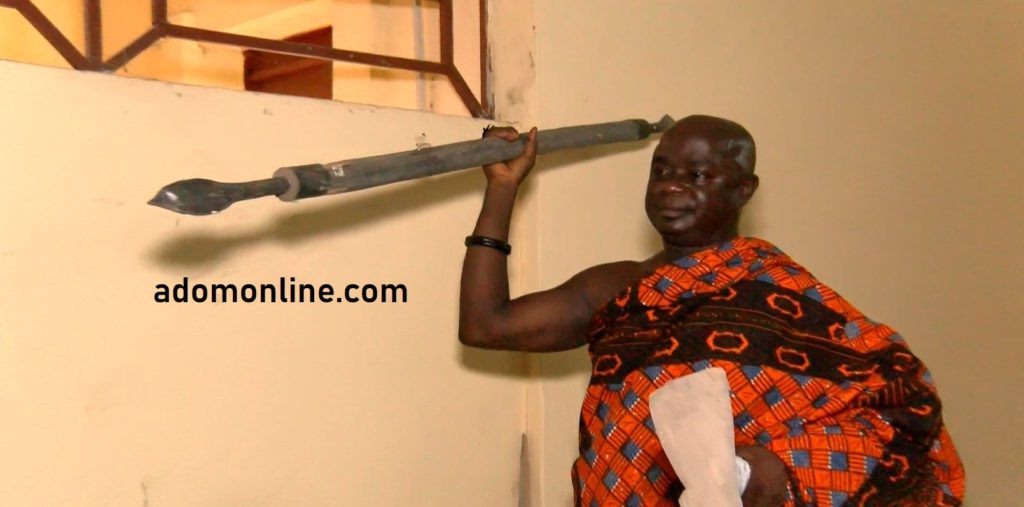
Though the current Amoafulhene, Nana Opoku-Ampomah I who is also founder of Institute of Professional Studies, (IPS) now University of Professional Studies(UPSA) initiated a museum which the late Asantehene, Otumfuo Opoku Ware II did the sod-cutting, it remains uncompleted.
Nana Akua Afriyie III wants something monumental to be established in the community to usher in an annual Sagrenti War Festival which the Traditional Council has been championing.
“Amoaful came together to fight the British army. As a result, we are pleading with the Asantehene to construct a monument as a memory of the sacrifices made for Asanteman.
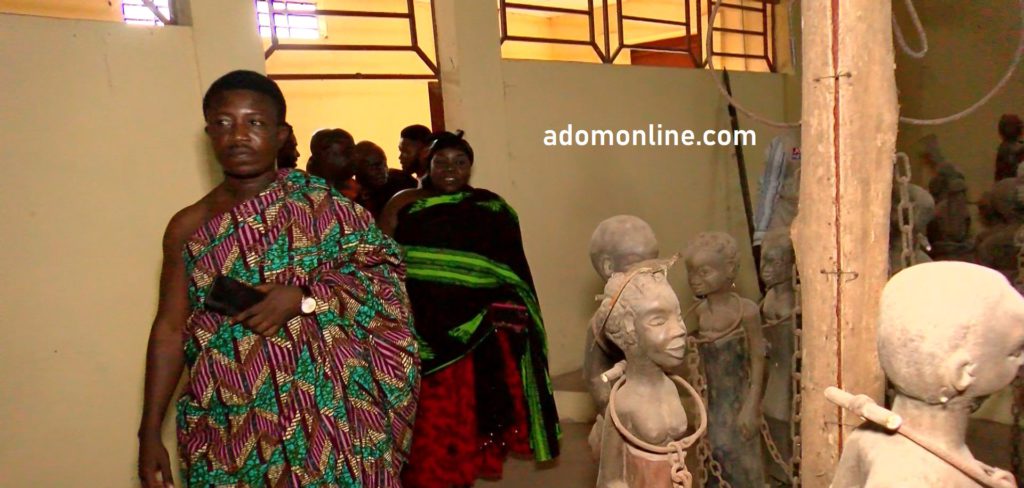
“Almost the entire paramountcy was wiped off as our ancestors fought their hearts out, making our towns desolate.” she said.
“Otumfuo Opoku Ware II, then Asantehene, cut sod for the construction of a museum at Amoaful in memory of our people who died in the war. But the museum is still under construction. We appeal to Asantehene for his support to complete this monument,” Nana Akua Afriyie added.
As Asanteman commemorates the 150 years of a war which saw the destruction of an entire nation, the chiefs and people of
Amoaful harbour the pains of that war.

